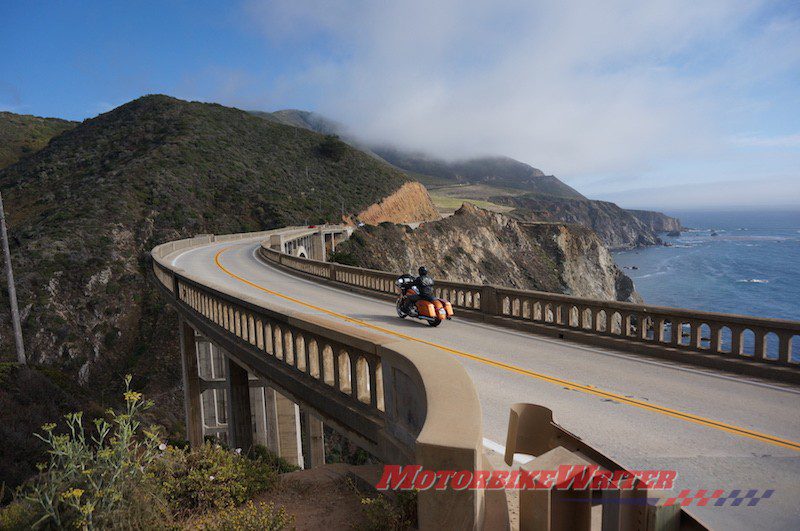Sponsored article for our North American readers
Operating a motorcycle, although a thrilling experience, can be incredibly dangerous. This mode of transportation is known to be one of the riskiest forms imaginable. The U.S. Department of Transportation states that a motorcyclist is actually nine times more likely to be injured than someone driving a car.
Thus, if you are going to use a bike, it’s absolutely imperative that you approach it in the safest way possible. Be aware that your safety is a continual endeavor, and does not stop after you procure a license. You need to be actively practicing safe procedures any time you’re on the road.
If you are new to motorbikes, or simply looking for a refresher on safety tips, here are four rules for safe motorcycle riding.
-
Never Ride Without a Helmet
There’s a reason your mother told you to wear a helmet: wearing one can make the difference between life and death. The National Highway Traffic Safety Administration (NHTSA) has found that helmets are 37% effective in preventing fatalities. Thus, your helmet is the only thing saving you from a dangerous brain injury.
Make certain to get a helmet that is approved by the Department of Transportation (DOT). You’ll be able to tell if there is a DOT sticker on it. You should also make sure it has a face shield that features a protective eyewear component. This will make certain the elements will not alter your journey.
-
Make Sure Your Bike Is Fitted with Anti-Locking Brakes
If you want to practice safe driving skills, then you need to make sure your motorcycle possesses anti-locking brakes. These aptly named brakes prevent your bike from skidding, should you need to make an emergency stop.
This is important because, if you are involved in a panicked stop, you may lock up your brakes. This, in essence, will relinquish your control over steering. This can lead to skidding and subsequent collision.
With anti-locking brakes, you are able to gain control during situations that would merit an emergency stop. You can protect your cycle, and, more importantly, your life. The Insurance Institute for Highway Safety states that motorcyclists are 37% less likely to be involved in a fatal crash with anti-locking brakes.
-
Ride Defensively
One of the best ways to ride safely is to always practice defensive driving. This means to prepare for the worst when you share the road with other drivers. It’s impossible to know which drivers can see you, which drivers are distracted, or which ones are texting and driving. Two-thirds of motorcycle accidents occur because a driver violated a cyclist’s right of way. Thus, be careful and make certain to prepare for every possible scenario.
This rule is important to follow if you live in states that practice a no-fault rule, such as Florida. It’s a common misconception that the no-fault rule will absolve the perpetrator of all responsibility. In fact, this rule does not mean that a driver won’t be held responsible for the damage they incur.
States that employ no-fault rules designate that every insured driver purchases Personal Injury Protection (PIP) in case of an accident. Yet, if you are involved in a collision with an uninsured driver, you may find yourself without support! Thus, practicing defensive driving can save you from financial and physical ruin.
-
Never Drive When Your Senses Are Compromised
This is imperative: to practice safe motorcycling, never drive whilst mentally compromised. Operating a motorcycle requires extreme focus and concentration. If you weaken this concentration with stimulants and depressants, you are flirting with calamity. According to the National Highway Traffic Administration, more than 27% of motorcycle fatalities in 2012 were alcohol induced.
It is illegal and dangerous to drive while under the influence. So, you must make certain that you never drive under any form of inebriant, not just alcohol. Do not drive drunk, buzzed, on pain medications, drowsy, high, or anytime you don’t have the mental capacity to function.
If you are not okay to drive, find another way home. Your bike will be there tomorrow, and it’s not worth the risk!



